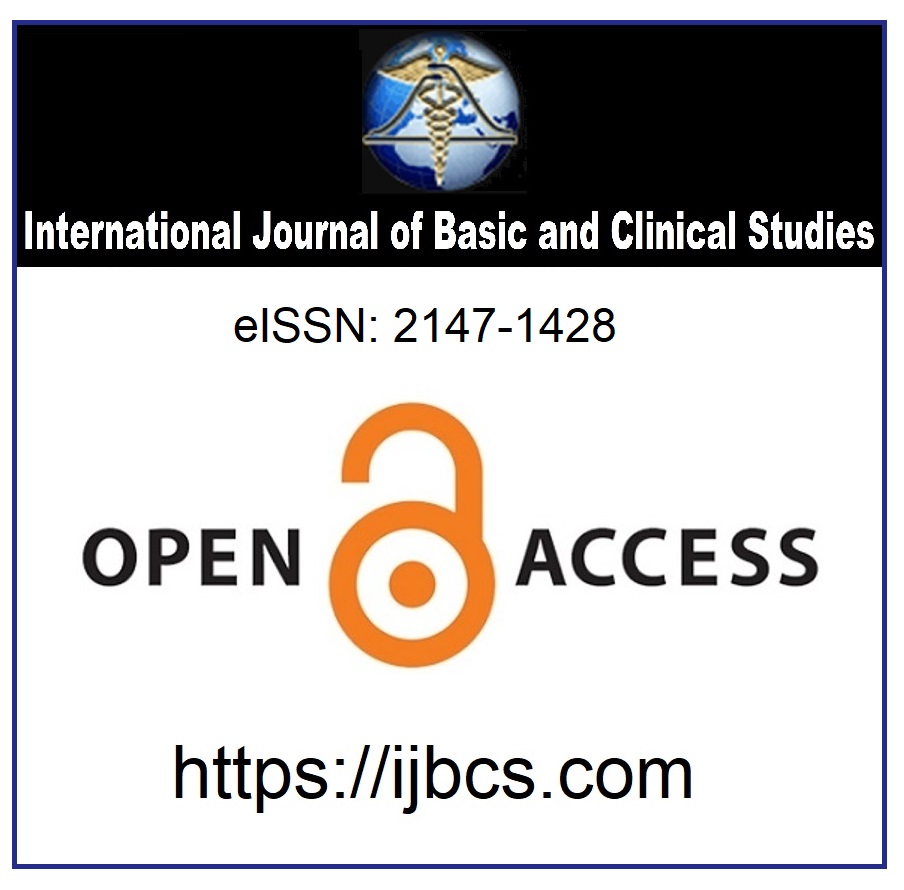A Review: Pharmacological Effects of Licorice (Glycyrrhiza glabra) on Human Health
Keywords:
Licorice, Glycyrrhiza glabra, glycyrrhizin, health, toxicityAbstract
Having been used by human beings for medical purposes since the beginning of written history, licorice is still often used today because of its positive effects thought to be beneficial for human health. The first traces of medical use of licorices go back to Egyptian, Chinese and Indian cultures. It is known that licorice’s protective effect against obesity, diabetes, peptic ulcer, cancer and tooth decays; healing quality against asthma and positive effect on lipid profile are rooted in its antioxidant function, antimicrobial features and active substances. However; there are several studies proving that licorice increases the risk of premature birth, hypokalemia and high blood pressure. Additionally, it has high amount of iron (Fe), manganese (Mn) and cobalt (Co) and these chemical elements may lie behind the comprehensive use of licorice in health. This compilation examines chemical structure, using forms, effects on human health, maximum usage dosage and drug interaction.
Downloads
Published
How to Cite
Issue
Section
License
Copyright (c) 2017 Mehmet Arif Icer, Nevin Sanlier

This work is licensed under a Creative Commons Attribution 4.0 International License.



